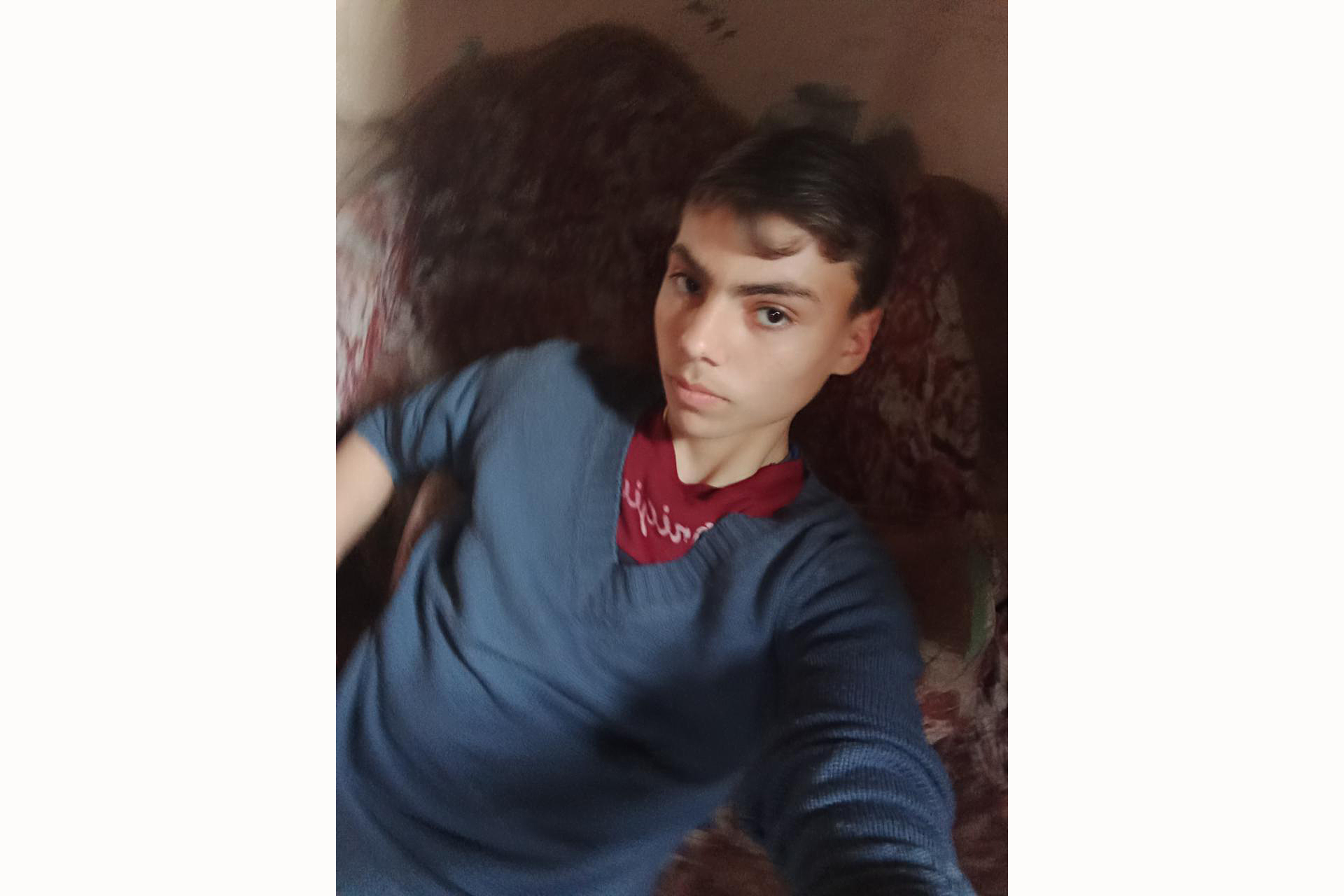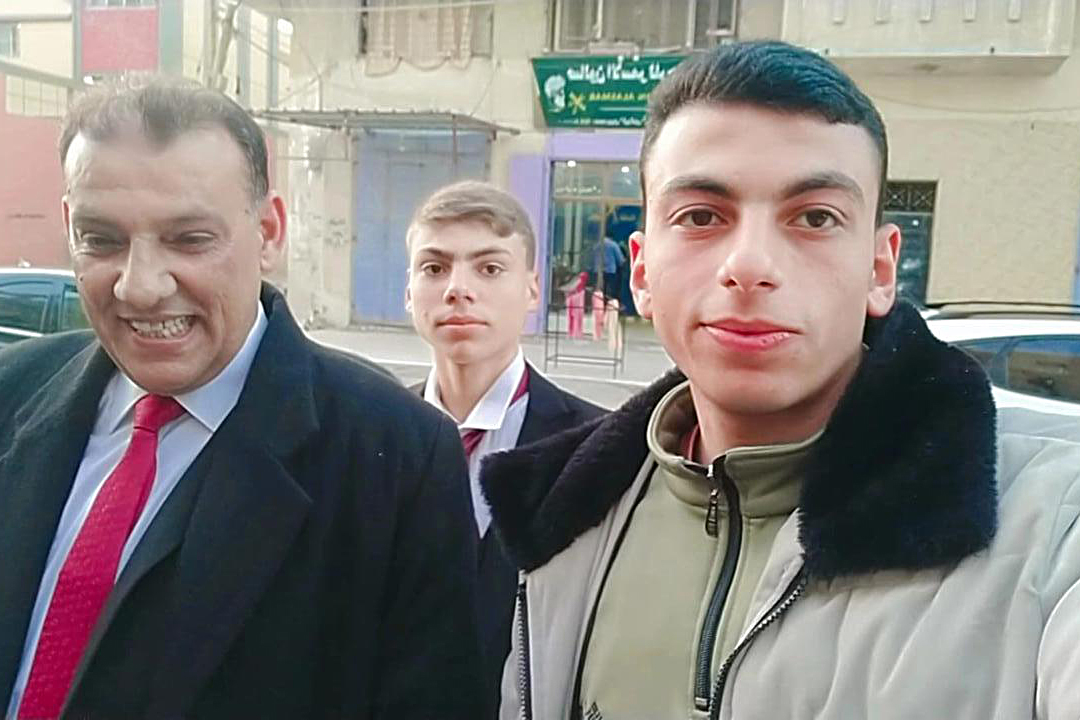
Khan Younis, Gaza – “Amal” in Arabic means hope, the kind of name given to a new neighbourhood to encourage people to move there and dream of their families growing up there.
But last week, what weak glimmers of hope the Barbakh family had that they would make it out of al-Amal alive were quickly dashed when Israeli sniper fire took the lives of two of their sons.
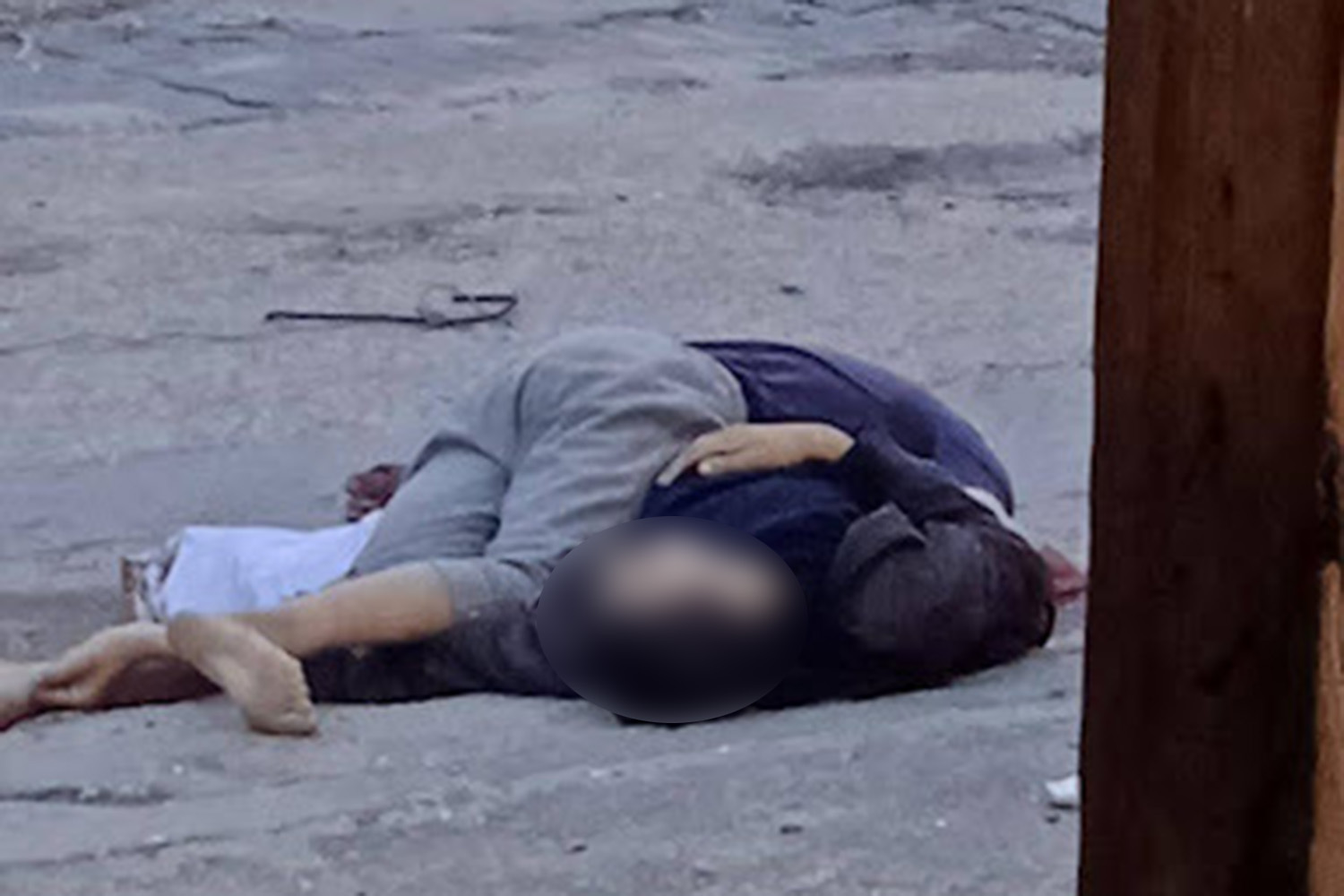
The two boys were waving a white flag.
Orders to evacuate
Al Jazeera’s Sanad verification agency has investigated the crime in which 13-year-old Nahedh and 20-year-old Ramez Barbakh were shot to death by sniper fire.
On the morning of Wednesday, January 24, the Barbakhs were getting ready to leave al-Amal, west of Khan Younis, and move further south as they had been ordered to do by the leaflets dropping on their neighbourhood since the day before and by announcements by Avichay Adraee, the Arabic-language spokesman for the Israeli army.
“We didn’t know what to do,” the boys’ mother Islam told Al Jazeera. “In the beginning, we weren’t even sure about these evacuation orders because we hadn’t seen them ourselves. We were trying to lay low in our house and keep everybody safe.
“But finally we realised that we would have to go and started trying to come up with a plan. My husband and sons thought maybe we could break a rear wall and go out that way, because we could hear that there was firing outside.”
Eventually, though, the couple decided that the best way would be the most direct: they would walk out of their house with a white flag and make their way to al-Mawasi as directed.
#عاجل 🔴🔴 الى سكان منطقة خان يونس في أحياء النصر، الأمل، مركز المدينة والمخيم (المعسكر) في بلوكات 107-112: من أجل سلامتكم عليكم الانتقال فورًا إلى المنطقة الإنسانية في المواصي عن طريق شارع البحر pic.twitter.com/K4MtDeKMSR
— افيخاي ادرعي (@AvichayAdraee) January 24, 2024
Translation: #URGENT to the residents of Khan Younis in the neighbourhoods of al-Nasser, al-Amal, town centre and the camp, in blocks 107-112: For your own safety, you must move immediately to the humanitarian zone in al-Mawasi via the coastal road.
“I called Nahedh over,” said Mohamed-Adel, their father. “I gave him a white cloth to wave above his head as a white flag. I thought, there’s no way anybody would want to hurt a child or would be scared of a child.”
As the rest of the family was bundling together the last of their belongings that they thought they could take with them, Nahedh took a few cautious steps out of the front door, waving his white flag overhead and walking cautiously out to the corner so he could look at the main road to see which way his family should go.
‘They just lay there all day’
According to what the family told Al Jazeera, as Nahedh took a few steps out of the door, he was shot in the legs and fell to the ground.
His father called to him from within the house’s doorway, coaxing his little boy to get up just a little bit and try to get back into the house. When Nahedh got up to try to make it back into the house, he was shot twice more, in the back and in the head.
His brother Ahmed, 18, told Al Jazeera that the shooting was coming from the direction of al-Katiba about 400 metres [1,312 feet] away, an area where Sanad was able to confirm Israeli military activity on the day in question.
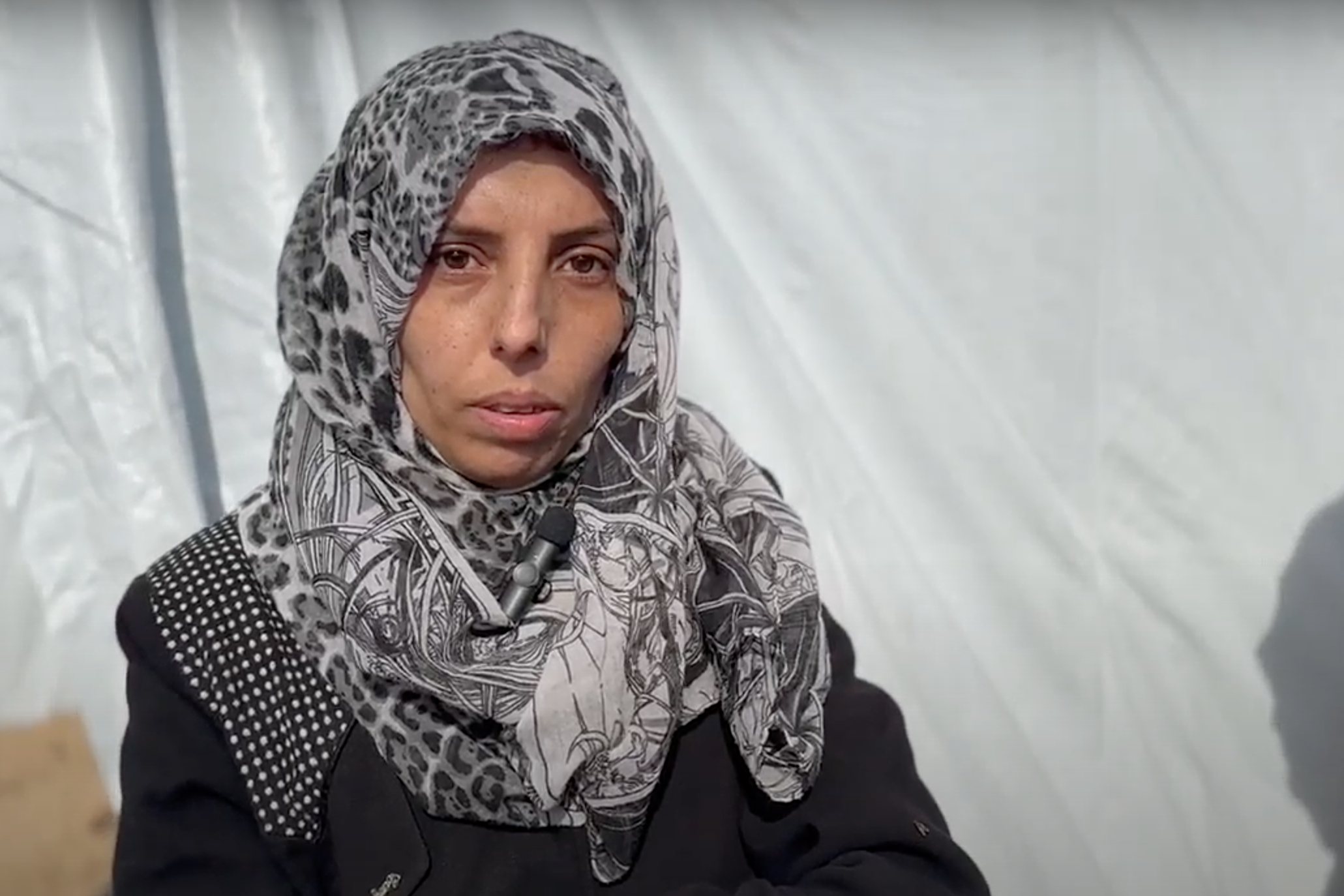
Seeing what had happened to his little brother, Ramez ran out of the house to try to pull him out of harm’s way. He was shot in the heart and fell on his stricken brother, white flag and all.
Islam was unable to comprehend what had befallen her family, paralysed with anguish as she looked out of her window at her two sons lying crumpled on the road.
“I kept hoping that they were still alive, that there was some breath in them,” she said. “I couldn’t think of anything other than ‘I want my children, I want my children.’
“I’m not sure how I stayed inside the house, but all I remember is screaming out of the window at anyone I saw on the other side of the street, asking them to help, to do anything.
“They didn’t do anything, they couldn’t. Whenever I called out to someone, my husband and sons would shush me any way they could. They were there to kill people,” she continued.
The family could not approach the bodies of Nahedh and Ramez and eventually had to flee the neighbourhood without knowing what became of them.
“They were just there, in the street, all day,” said Islam. “When we left we couldn’t remove their bodies nor could we even stop to check on them. There was constant shooting.”
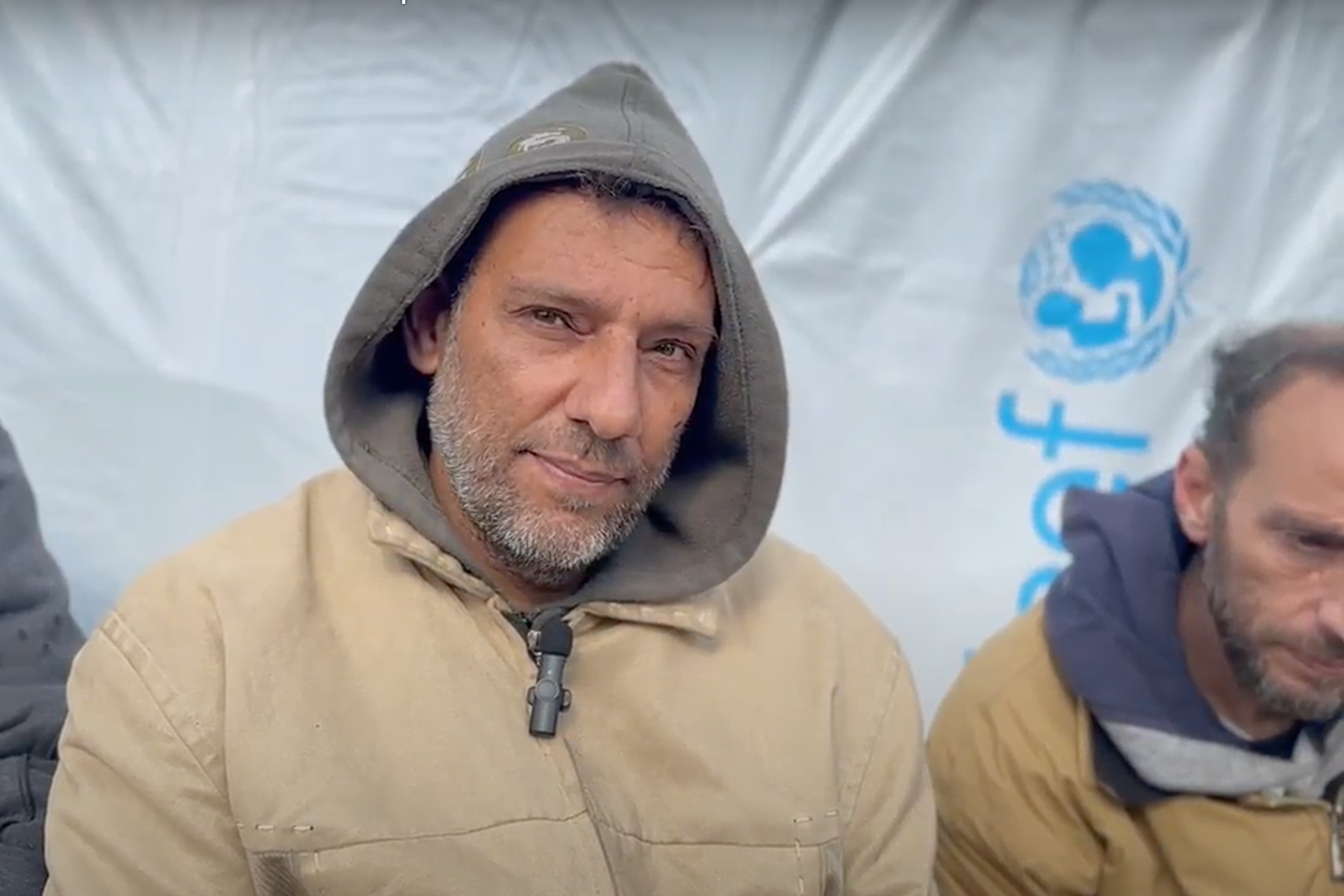
Only one photo survives of that crime. It was snapped by Ahmed, the boys’ brother, who told Al Jazeera he “took a photo of my murdered brothers so I never forget them, and to document this crime that was committed, the crime of shooting a child who is carrying a white flag and then shooting his brother who rushes out to save him”.
What the investigation revealed
The Sanad investigation pinpointed the exact location where Ramez and Nahedh were targeted by Israeli snipers, near the Harun ar-Rashid school in al-Amal, also known as “Block 109” on the map the Israeli army released of Gaza.
According to the testimonies, the boys were shot at about 10:30am on January 24 and Ahmed managed to take a photo of their bodies between 1 and 1:30pm, based on the shadows in the photo.
In the photo of the slain brothers, bloodstains are apparent on the white flag Nahedh was carrying.
The family never got to evacuate all together. Instead, they grieved for their children while breaking through their home’s wall to cross other streets and houses, running from one sheltered spot to another until they reached the coastal road in Khan Younis.
To date, they know nothing about the bodies of Nahedh and Ramez.
